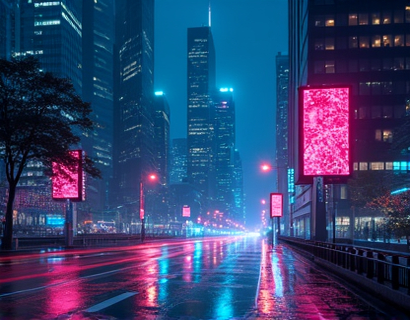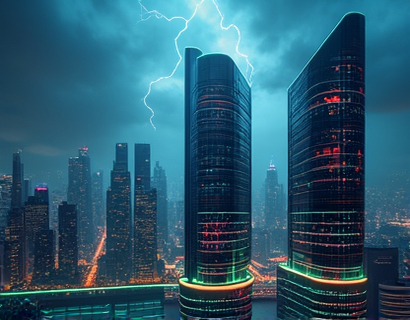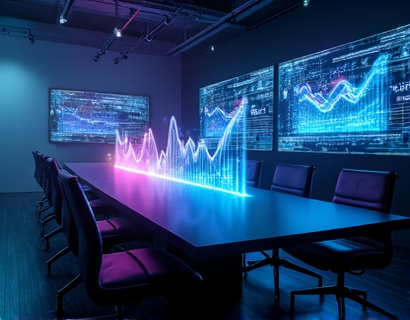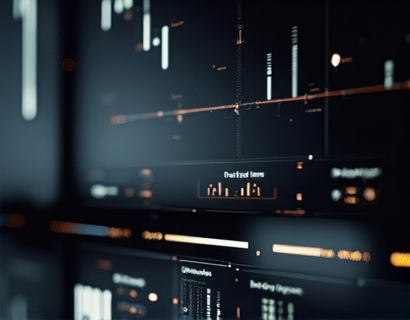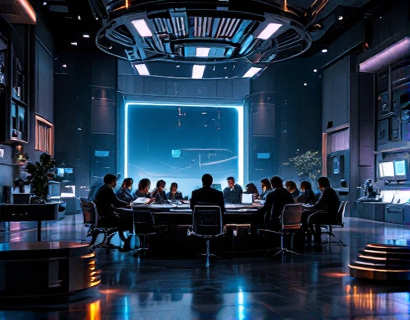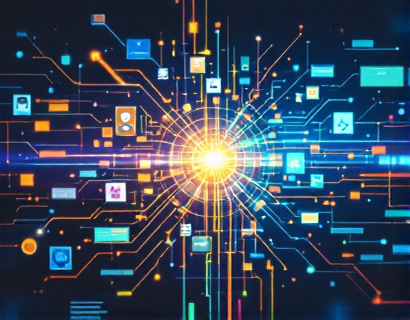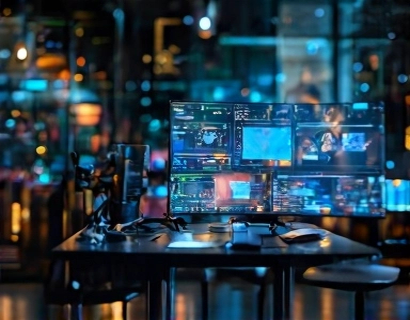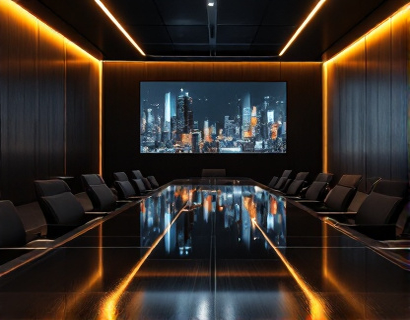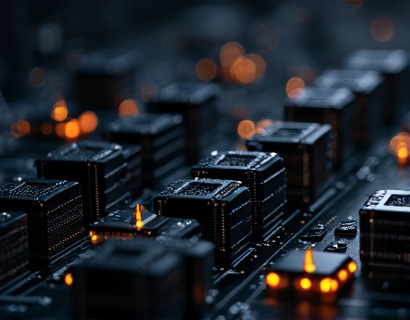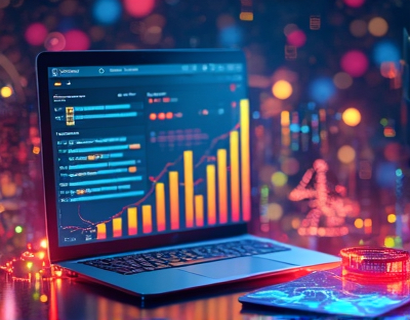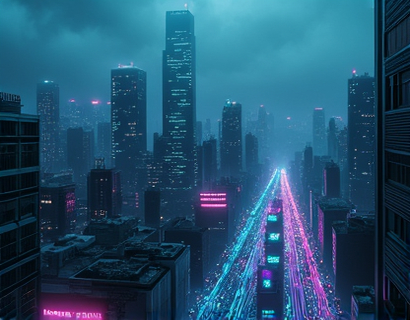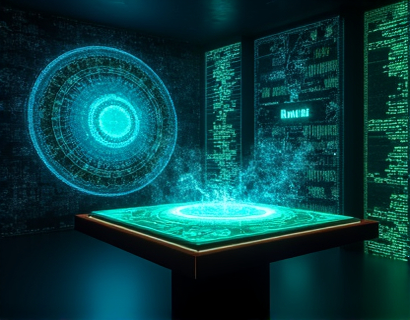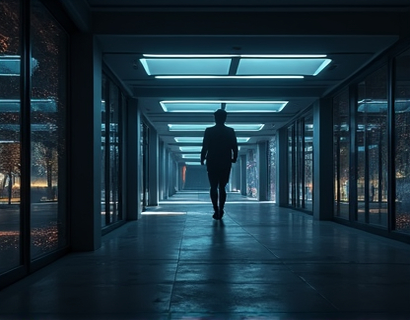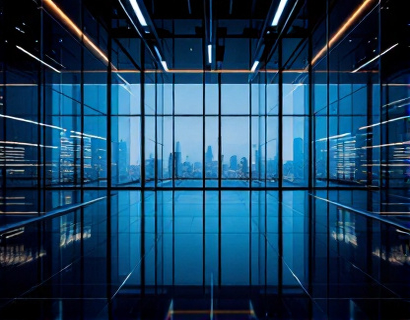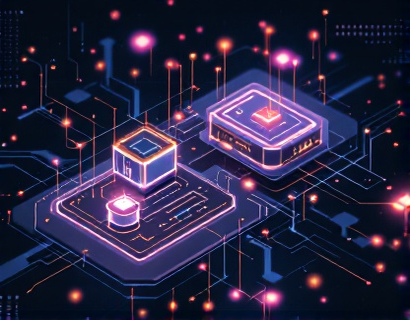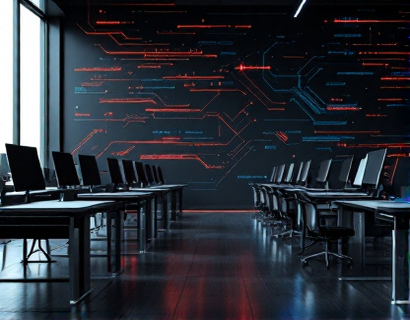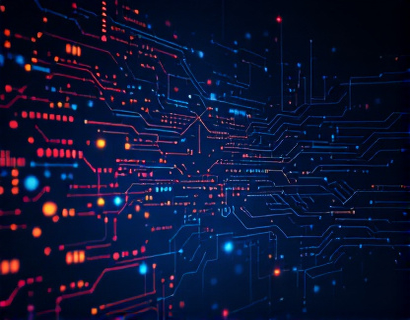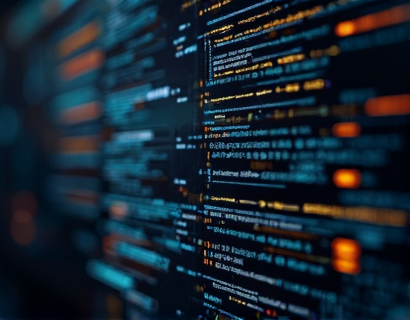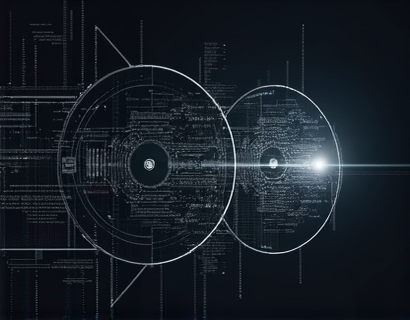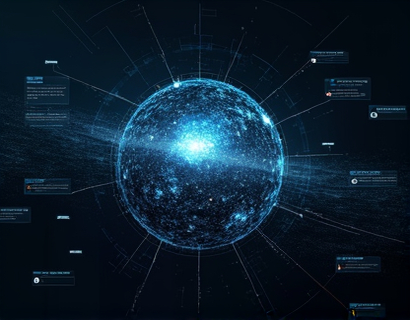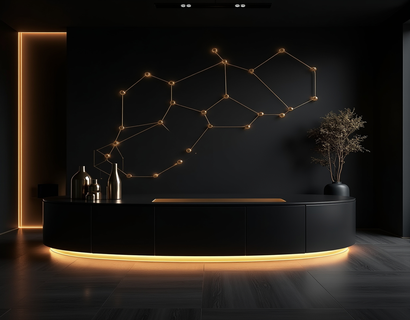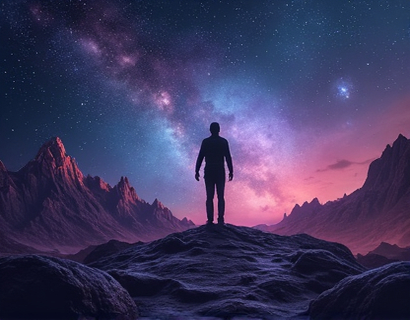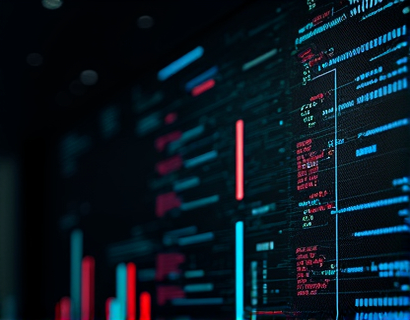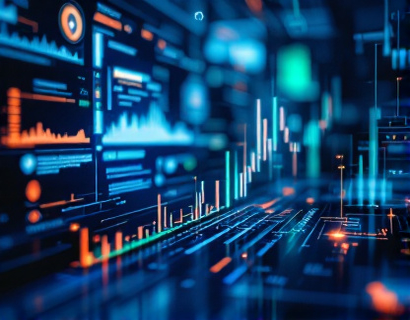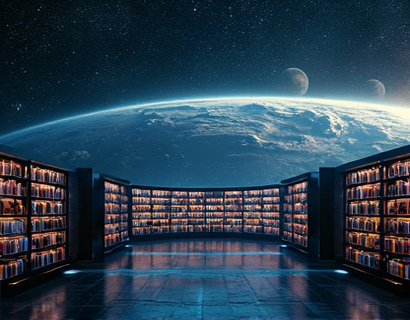AI-Driven Graphic Creation: Empowering Creatives with Intelligent Online Tools for Instant Visual Design
In the digital age, the demand for visually appealing content has surged across various platforms. Graphic design, once a specialized skill requiring extensive training and tools, is now more accessible than ever thanks to advancements in artificial intelligence. This shift has democratized the creation of high-quality visuals, allowing a broader audience to engage in graphic design without needing to be professional designers. AI-driven graphic creation tools are revolutionizing the way creatives, marketing professionals, small business owners, social media managers, content creators, entrepreneurs, freelancers, educators, non-profit organizations, and creative hobbyists approach visual content.
Understanding AI in Graphic Design
AI in graphic design leverages machine learning algorithms to automate and enhance the design process. These tools can generate designs based on user inputs, learn from existing designs, and suggest improvements. The integration of AI in graphic creation involves several key components: design generation, style transfer, image manipulation, and content creation. Each of these components plays a crucial role in making the design process more efficient and creative.
Design Generation
One of the most significant advantages of AI-driven graphic creation is its ability to generate designs quickly. Users can input specific parameters such as the type of graphic, color scheme, and desired style, and the AI will produce multiple design options. This feature is particularly useful for those who need to create content rapidly, such as social media managers handling multiple posts or marketers launching campaigns with tight deadlines. The AI not only saves time but also provides a variety of options, sparking new ideas and inspiration.
Style Transfer
Style transfer is another powerful feature of AI in graphic design. This technology allows users to apply the artistic style of one image to another, creating unique and visually striking compositions. For instance, a photographer can transform a mundane product image into a masterpiece with the aesthetic of a famous painting. This capability is invaluable for content creators looking to add a creative twist to their visuals without the need for extensive artistic skills.
Image Manipulation
AI-driven image manipulation tools can perform complex tasks with ease, such as removing unwanted objects, changing backgrounds, and enhancing images. These tools use deep learning to understand the context and details of an image, ensuring that manipulations look natural and seamless. For example, a small business owner can quickly remove a distracting element from a product photo or change the background to better match their brand's visual identity. This level of precision and efficiency would traditionally require hours of manual work.
Content Creation
Beyond individual graphics, AI can assist in creating comprehensive content sets, including logos, infographics, and even short videos. For entrepreneurs and startups, this means they can develop a cohesive brand identity with professional-looking materials without the need for a dedicated design team. AI tools can generate logos that align with a brand's values and aesthetic, infographics that clearly communicate data, and videos that capture attention and convey messages effectively.
Benefits of AI-Driven Graphic Creation
The integration of AI in graphic design offers numerous benefits that extend beyond just saving time. It enhances creativity, improves consistency, and lowers the barrier to entry for those new to design. Let's delve deeper into these advantages.
Enhanced Creativity
AI tools do not replace human creativity but rather augment it. By providing a wide range of design options and suggesting innovative combinations, AI helps users break out of creative ruts. The ability to experiment with different styles and layouts encourages creative exploration and can lead to unexpected and exciting results. For content creators and marketers, this means they can continuously refresh their visual content with fresh ideas, keeping their audience engaged and interested.
Consistency
Maintaining a consistent brand visual identity is crucial for recognition and trust. AI-driven tools can ensure that all graphics, from social media posts to website elements, adhere to a brand's style guide. By automating the design process, these tools reduce the risk of inconsistencies that can occur with manual design work. This consistency is particularly important for small businesses and non-profits that may not have a dedicated design team but still need to present a professional image.
Lower Barrier to Entry
One of the most significant impacts of AI in graphic design is the democratization of design tools. Previously, high-quality graphic design was accessible only to those with formal training and expensive software. Now, anyone with an internet connection can create professional-looking visuals. This accessibility empowers individuals and small entities to produce content that competes with that of larger organizations. For freelancers and hobbyists, this means they can offer their services with a stronger visual presence, expanding their potential client base.
Practical Applications of AI-Driven Graphic Creation
The versatility of AI-driven graphic creation tools makes them applicable across various fields and industries. Let's explore some specific use cases to understand their practical value.
Marketing and Advertising
Marketers and advertisers can leverage AI to create compelling visuals for campaigns, ads, and promotional materials. The ability to quickly generate multiple design options allows for A/B testing, helping to identify the most effective visuals. Social media managers can use these tools to produce eye-catching posts and stories that resonate with their audience. Additionally, AI can assist in creating responsive designs that adapt to different devices and platforms, ensuring a consistent user experience.
E-commerce
For e-commerce businesses, high-quality product images are essential for driving sales. AI-driven image manipulation tools can enhance product photos by removing blemishes, changing lighting conditions, and applying filters to make products more appealing. This not only improves the shopping experience but also increases conversion rates. Moreover, AI can help in generating product variations and customizations, allowing customers to see how products look in different settings or with different features.
Education and Training
Educators and trainers can use AI-generated visuals to create engaging and informative content. Infographics, charts, and diagrams can be created quickly and customized to suit specific topics or audiences. This is particularly useful for online courses and educational platforms where visual aids play a crucial role in learning. AI can also assist in creating interactive elements, such as animated graphics and simulations, to enhance the learning experience.
Non-Profit and Social Causes
Non-profit organizations and social causes can benefit from AI-driven graphic creation by producing impactful visuals to raise awareness and funds. These organizations often operate with limited resources, and AI tools can help them create professional-looking materials for campaigns, events, and fundraising efforts. From designing posters and flyers to creating social media content, AI ensures that their messages are visually compelling and reach a wider audience.
Challenges and Considerations
While AI-driven graphic creation offers numerous advantages, there are also challenges and considerations to keep in mind. Understanding these can help users maximize the benefits and avoid potential pitfalls.
Quality and Originality
While AI can generate high-quality designs, there is a risk of producing generic or overused visuals. To ensure originality, users should input specific and unique parameters and review the generated designs critically. Combining AI suggestions with personal creativity can lead to truly distinctive and impactful visuals.
Ethical Considerations
The use of AI in creative fields raises ethical questions, particularly around authorship and copyright. It is essential to understand the terms of use for AI tools and respect intellectual property rights. Additionally, there is a need to avoid perpetuating biases present in the training data, ensuring that designs are inclusive and respectful.
Dependency and Skill Erosion
Over-reliance on AI tools can lead to a decrease in traditional design skills. While AI can handle routine tasks, it is important for creatives to continue developing their manual skills and understanding of design principles. Balancing AI assistance with personal skill development ensures a well-rounded approach to graphic design.
Future Trends in AI-Driven Graphic Creation
The field of AI in graphic design is rapidly evolving, with ongoing advancements promising even more powerful and intuitive tools. Here are some trends to watch:
Improved Personalization
Future AI tools will likely offer more personalized design experiences, learning from user preferences and past creations to provide tailored suggestions. This level of personalization will make the design process even more efficient and aligned with individual styles.
Enhanced Collaboration
AI can facilitate better collaboration among creatives by providing real-time feedback and suggestions. Tools that allow multiple users to contribute to a design project simultaneously can streamline workflows and foster teamwork, especially in remote settings.
Integration with Other Technologies
The integration of AI with other technologies, such as augmented reality (AR) and virtual reality (VR), will open new possibilities for immersive and interactive visual content. Designers will be able to create experiences that go beyond static images, offering users a more engaging and dynamic interaction.
Conclusion
AI-driven graphic creation is transforming the way creatives, marketers, small business owners, social media managers, content creators, entrepreneurs, freelancers, educators, non-profit organizations, and creative hobbyists approach visual design. By providing powerful, intuitive tools that enhance creativity and efficiency, AI is making high-quality graphic design accessible to everyone. As the technology continues to evolve, the potential for innovative and impactful visual content will only grow, opening new avenues for expression and communication.




